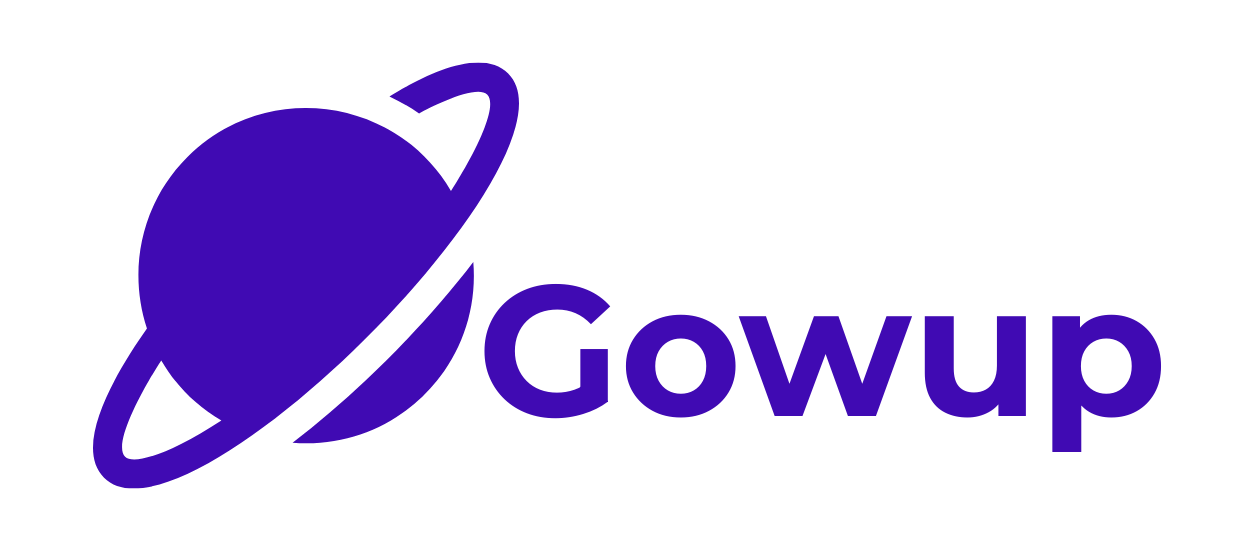Business Analyst Tools Comparison : Business analysts (BAs) utilize a variety of tools to effectively gather requirements, analyze data, and facilitate communication between stakeholders. This article compares the top business analyst tools, highlighting their key features, strengths, and best use cases.

Business Analyst Tools Comparison
1. Microsoft Visio
- Usage: Requirement gathering, process modeling
- Features: Easy diagramming, extensive templates, integration with Microsoft Office
- Strengths: User-friendly, widely used, versatile
- Best for: Visual process mapping, creating flowcharts and diagrams
2. JIRA
- Usage: Project management, requirement tracking
- Features: Agile project management, customizable workflows, integration with other tools
- Strengths: Robust issue tracking, collaboration features
- Best for: Agile teams, tracking software development requirements
3. Confluence
- Usage: Documentation, knowledge management
- Features: Collaborative workspace, document sharing, integration with JIRA
- Strengths: Enhances team collaboration, centralizes project documentation
- Best for: Team collaboration, project documentation
4. IBM Rational RequisitePro
- Usage: Requirement management
- Features: Requirement traceability, project management, change management
- Strengths: Strong traceability, integration with other IBM tools
- Best for: Complex projects, maintaining detailed requirement traceability
5. Balsamiq
- Usage: Wireframing, UI/UX design
- Features: Simple wireframing tools, drag-and-drop interface
- Strengths: Quick prototyping, user-friendly
- Best for: Early-stage design, creating mockups
Best Business Analyst Software Tools
When choosing business analyst software tools, consider your project needs and team dynamics. The best tools offer comprehensive features for requirement gathering, data analysis, and project management. They should facilitate communication and streamline workflows.
Tools Used by Business Analysts for Requirement Gathering
Effective requirement gathering is crucial for project success. Here are some top tools:
- Microsoft Visio: For creating visual representations of processes and workflows.
- IBM Rational RequisitePro: For detailed requirement management and traceability.
- Confluence: For collaborative documentation and knowledge sharing.
Best Business Analyst Tools Comparison
Comparing business analyst tools involves assessing their capabilities, user-friendliness, and integration options. Tools like JIRA and Confluence excel in project management and collaboration, while Visio and Balsamiq are great for visual modeling and design.
Business Analyst Tools Comparison Free
While many premium tools offer extensive features, there are also free options available:
- Draw.io: Free alternative to Visio for creating diagrams and flowcharts.
- Trello: Free project management tool suitable for simple requirement tracking.
- Google Docs: Collaborative document editing for requirement gathering and sharing.
Business Analysis Tools and Techniques
Business analysis involves various tools and techniques, including:
- SWOT Analysis: Identifying strengths, weaknesses, opportunities, and threats.
- PESTLE Analysis: Analyzing political, economic, social, technological, legal, and environmental factors.
- Root Cause Analysis: Identifying the root causes of problems to find effective solutions.
Business Analysis Tools Like SWOT
SWOT analysis is a foundational tool in business analysis, helping BAs understand internal and external factors impacting a project. Other tools similar to SWOT include:
- PESTLE Analysis
- Five Forces Analysis
- Balanced Scorecard
Best Tools for Business Analysts
The best tools for business analysts combine robust features with ease of use. They support requirement gathering, data analysis, project management, and stakeholder communication. Popular choices include:
- Microsoft Visio: For visual modeling
- JIRA: For project management
- Confluence: For documentation
- Balsamiq: For wireframing
Conclusion
Selecting the right tools is essential for business analysts to perform effectively. By comparing features, strengths, and use cases, BAs can find the best tools to meet their project needs. Whether you opt for premium software or free alternatives, ensure the tools you choose enhance your workflow and facilitate successful project outcomes.
Related Articles
- How to Write a Business Requirements Document (BRD)
- How to Write a Business Requirements Document (BRD)
- Understanding Interaction Diagram in UML
- How to Conduct a Standup Meeting: A Comprehensive Guide
- Mastering the Daily Standup Meeting: A Comprehensive Guide
- ATM Sequence Diagram and Other Diagrams Explained

Business Analyst , Functional Consultant, Provide Training on Business Analysis and SDLC Methodologies.







